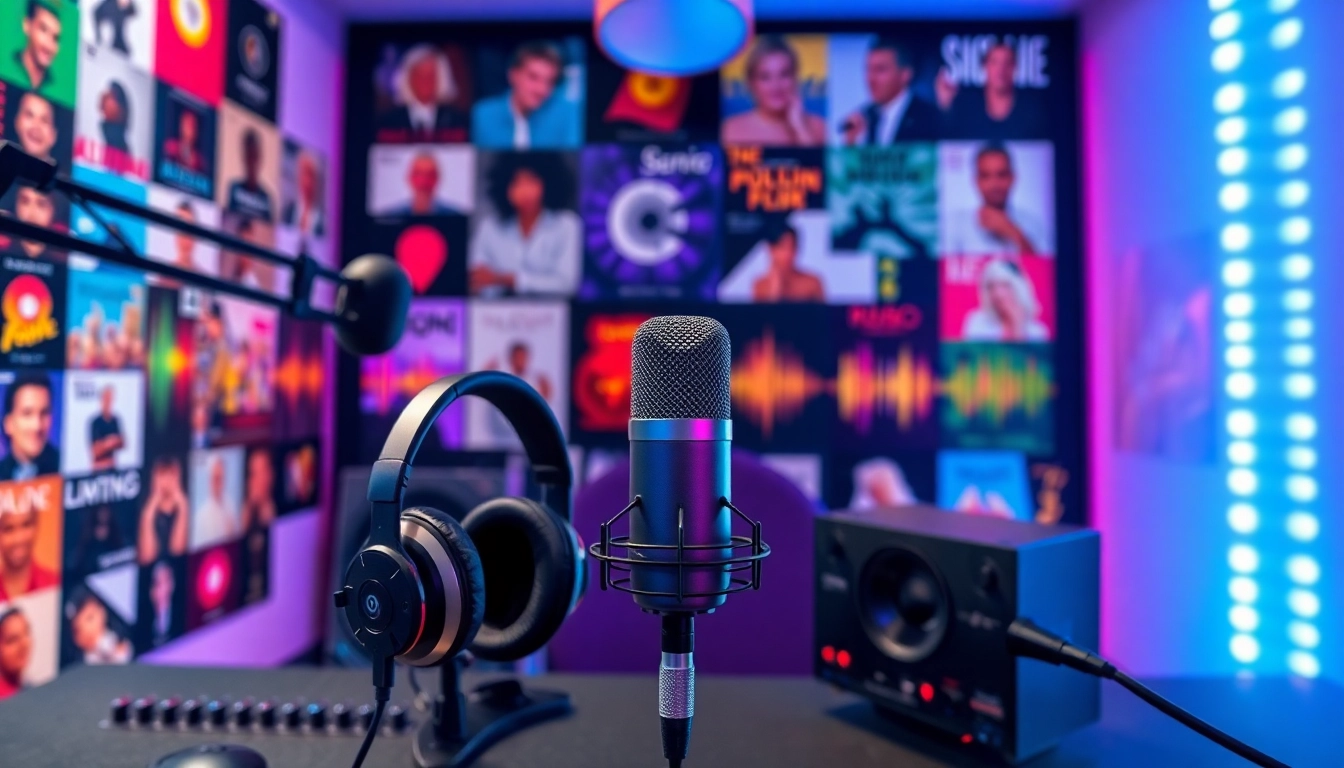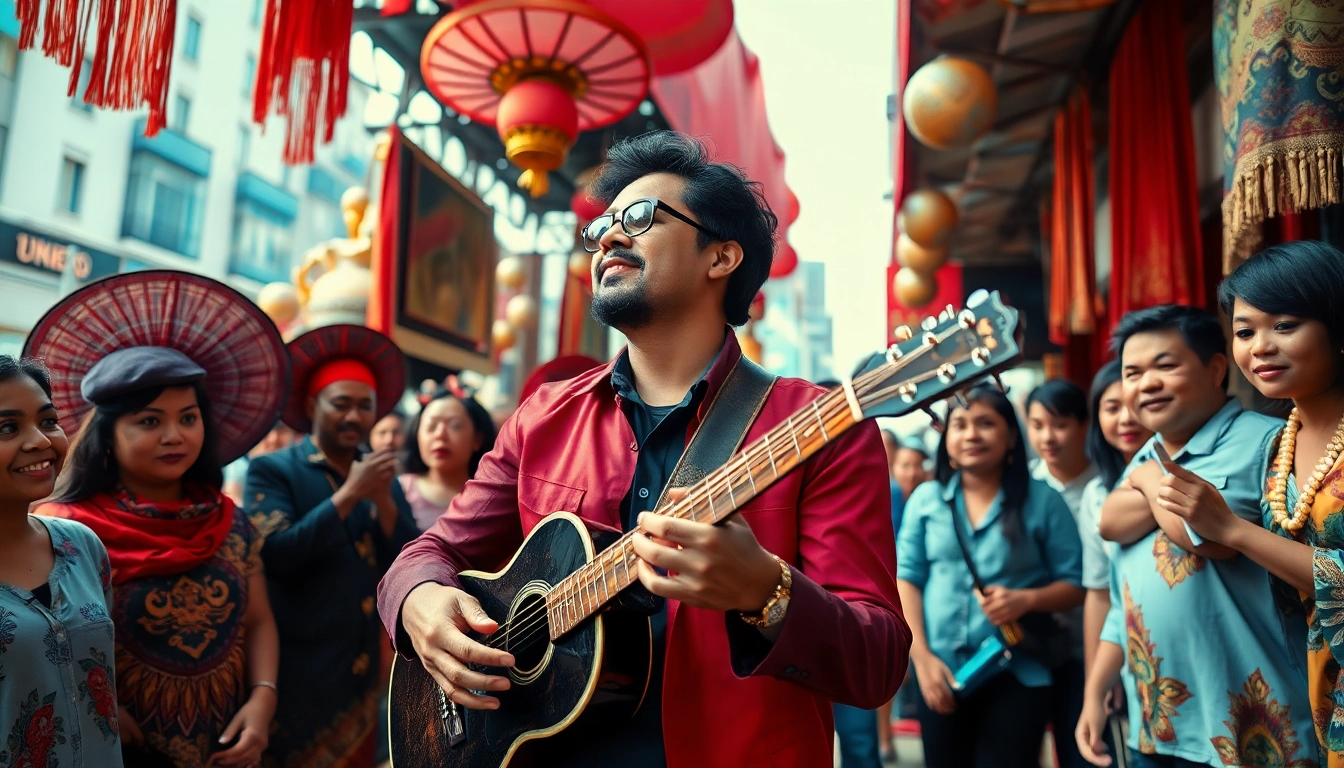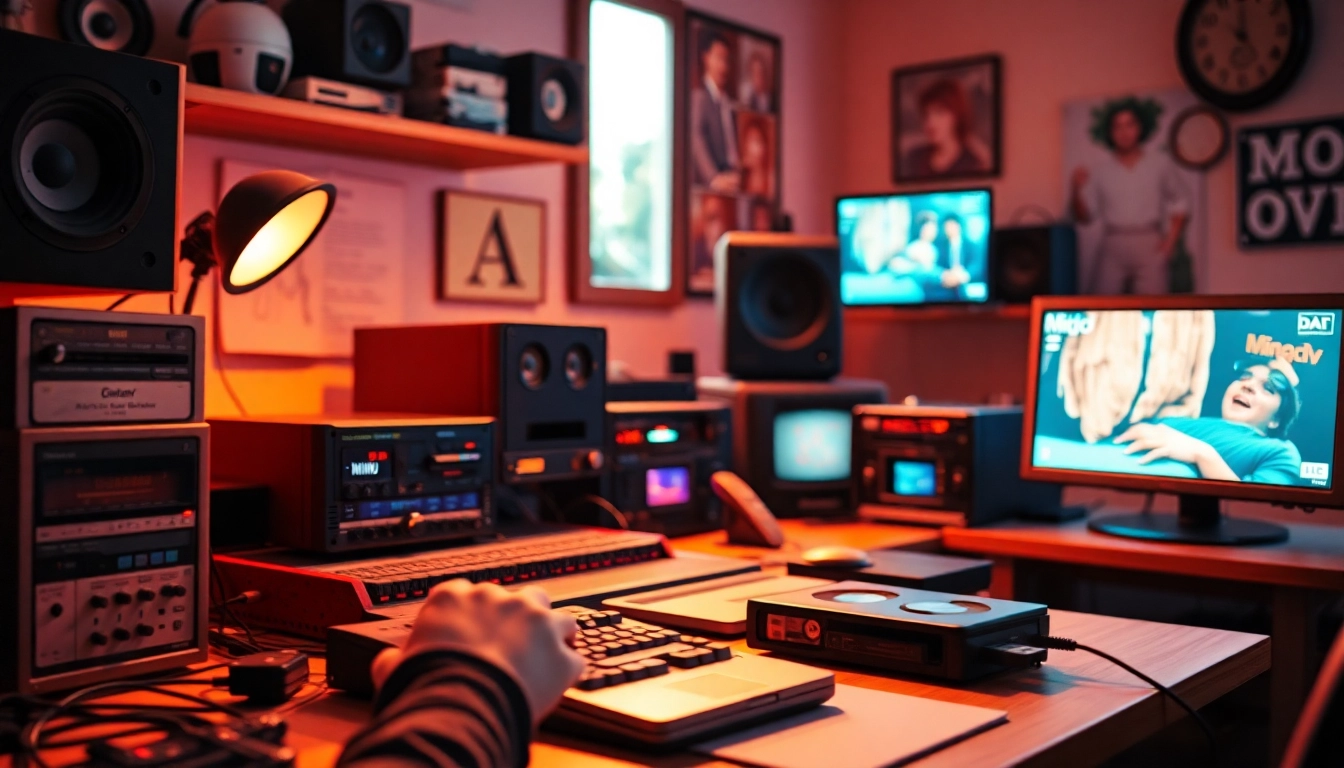Understanding Music Pitching
What is Music Pitching?
Music pitching refers to the process through which artists, managers, or promoters submit their music to various platforms, bloggers, curators, and industry professionals with the aim of gaining exposure and opportunities for their work. This can include everything from pitching to playlist editors on streaming services like Spotify, to pitching for slots on music blogs, radio stations, and even commercial placements. It’s a crucial component of the music marketing landscape, acting as the bridge between an artist’s creation and its potential audience.
The Importance of Pitching in the Music Industry
In an industry where new music is released daily, effective pitching can be the difference between obscurity and success. Artists often create remarkable work, yet without proper exposure, their music might languish unheard. Pitching is vital as it helps artists reach curators and influencers who can showcase their music to a wider audience. For instance, successful playlist placements can lead to increased streams, followers, and ultimately, ticket sales and merchandise revenue. This is where music pitching becomes essential for building a sustainable career.
Common Pitfalls in Music Pitching
Many artists fall victim to common pitfalls in music pitching, which can hinder their chances of success. One major mistake is pitching too early or too late; timing is crucial, and pitches should be sent when the recipient is most open to discovering new music. Other common missteps include failing to research the recipient’s preferences, sending a generic pitch that lacks personalization, or not following submission guidelines. Understanding these pitfalls can empower artists to navigate the pitching landscape more effectively.
Preparing Your Music for Pitching
Choosing the Right Tracks to Pitch
Selecting the appropriate tracks is fundamental to the pitching process. Artists should consider not only their best work but also how those tracks align with the tastes of the recipients they are targeting. Analyzing the style, genre, and current trends can significantly enhance the chances of securing placements. Additionally, artists may benefit from having a few different tracks in their arsenal, to tailor submissions based on the specific audience or platform being approached.
Creating a Professional Pitch Package
A well-crafted pitch package is essential. This typically includes the music itself, but also a professional bio, high-quality images, press quotes, social media links, and anything else that shows potential curators why your music is worth their attention. Videos of live performances, for example, can convey the artist’s presence and potential for audience engagement, making them appealing to promoters. Packaging your music effectively conveys professionalism and dedication, increasing the likelihood of getting noticed.
Understanding Your Audience and Their Needs
Understanding the audience is a crucial step in successful music pitching. This includes knowing what type of music they typically promote, their demographic, and their preferred communication styles. Researching specific playlists can help artists get a theme or message that resonates with the audience in mind. Platforms like Spotify provide insights about listeners, which can be valuable when targeting specific curators or music blogs. Tailoring music pitches to align with audience preferences can significantly increase the effectiveness of submissions.
Strategies for Effective Music Pitching
Crafting a Compelling Narrative for Your Music
Every track has a story, and sharing this narrative can make a pitch stand out. Artists should articulate why the song was created, the inspiration behind it, and its relevance to current trends or movements. A compelling story adds depth to the music and can create an emotional connection with the curator or influencer. Elements like personal anecdotes and the creative process behind the music can be included to make pitches more engaging and relatable.
Utilizing Social Media and Digital Platforms
Social media is an indispensable tool in today’s music landscape. Artists should leverage platforms like Instagram, TikTok, and Twitter to build an engaged fanbase. Sharing snippets of work, behind-the-scenes content, and updates can attract the attention of influencers and curators. Digital platforms also offer various tools for pitching, such as targeted ads or collaborations with micro-influencers, which can enhance visibility and promote music beyond traditional pitching methods.
Networking with Industry Professionals
Building a robust network within the music industry can open numerous doors for pitching opportunities. Attending industry events, conferences, or local meet-ups can help artists connect with curators, journalists, and other significant players in the field. Establishing genuine relationships creates opportunities for warm pitches, rather than cold calls, which tend to have lower success rates. Artists should actively engage with industry professionals online and offline to foster these relationships over time.
Measuring the Success of Your Pitching Efforts
Key Performance Indicators for Music Pitches
Like any marketing effort, measuring success is crucial in music pitching. Key Performance Indicators (KPIs) can include metrics such as the number of placements secured, plays generated from those placements, social media engagement, and growth in followers or subscribers. Tracking these metrics can help artists assess the effectiveness of different pitching strategies and refine their approach based on what works best.
Adjusting Strategies Based on Feedback
Feedback is an invaluable aspect of the pitching process. Whether it’s a rejection or positive feedback, artists should take the time to analyze any responses received. Constructive criticism can provide insights on areas for improvement, while positive feedback can guide future pitching tactics. By being adaptable and responsive to feedback, artists can continuously refine their approach and improve their chances of success moving forward.
Long-term Relationship Building with Curators and Influencers
Rather than viewing pitches as a one-off task, artists should aim for long-term relationships with curators and influencers. Regular check-ins, offering exclusive content, and showing appreciation for support can foster goodwill and encourage future collaborations. Successful relationships can lead to recurring opportunities for placements, making this an essential part of a sustainable music pitching strategy.
Advanced Music Pitching Techniques
Leveraging Data and Analytics
In the digital age, using data to guide music pitching has become increasingly important. Platforms like Spotify and Apple Music offer analytics that can reveal listener demographics, popular tracks, and engagement statistics. Artists can use these insights to inform pitching strategies, better tailor their music for specific audiences, and identify which curators or platforms align best with their music. Data-driven decisions not only increase efficiency but also enhance the likelihood of successful pitches.
Innovative Approaches for Independent Artists
Independent artists often have to think outside the box to get noticed. Creative strategies such as hosting listening parties, collaborating with other artists, and engaging directly with fans through live-stream events can heighten visibility and serve as pitching opportunities. These approaches not only promote engagement but can also generate organic buzz, leading to spontaneous pitches from curators who notice the rising popularity of the artist among their audiences.
Staying Current with Industry Trends
The music industry is ever-evolving, with trends changing rapidly. Artists should remain informed about these trends, whether it’s new genres, popular social media platforms, or shifts in consumption habits. Keeping abreast of industry changes allows for more relevant pitching strategies and helps artists position their music effectively in a saturated market. Subscribing to industry newsletters, following relevant blogs, or participating in forums can help artists stay updated.



